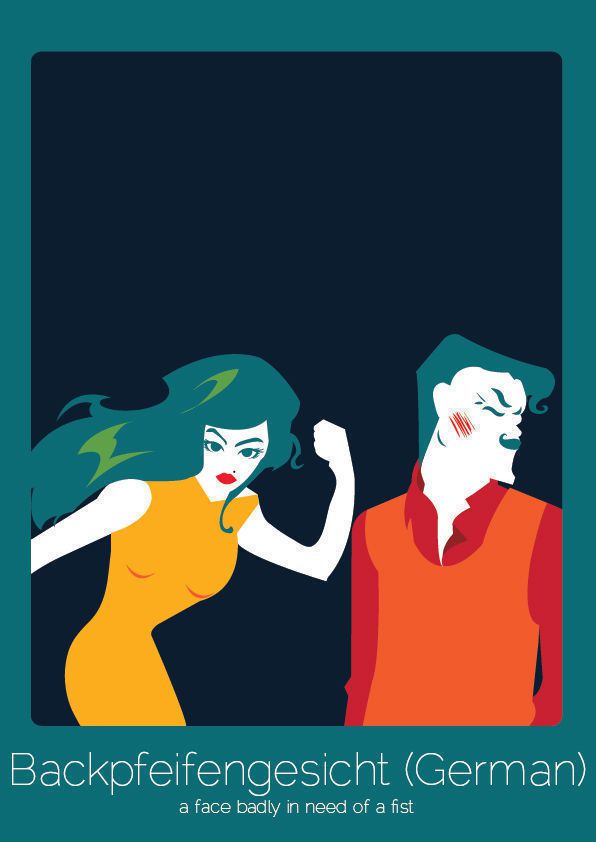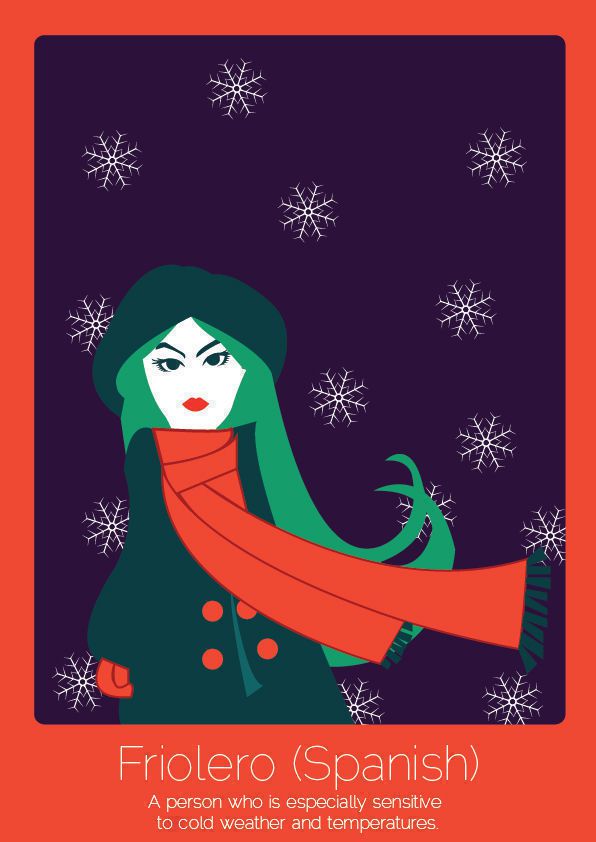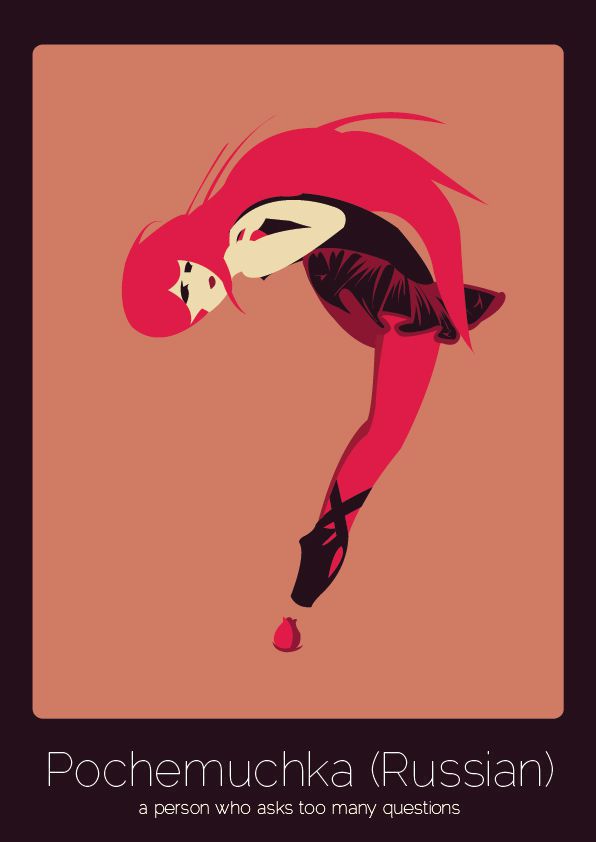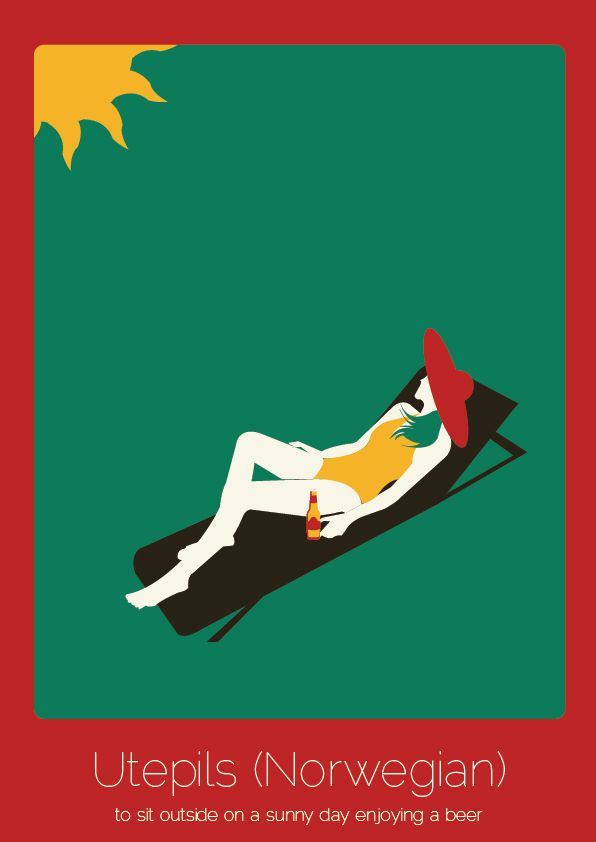A Language Journey
Today we’ve got a fantastic guest post from Kelly Wang – English teacher, accidental traveller, cake whisperer, dinosaur believer – on her personal language learning journey.
If you’ve got a language story to tell, we’d love to hear it! Now over to you, Kelly…
My journey through languages began in sequins and shoulder pads.
At the age of seven I remember clutching a Pot Noodle (Chow Mein flavour, if you must know), with an A4 pad in front of me and one of those 10 coloured pens ready and poised, waiting for the Eurovision Song Contest.
It has long been a tradition in my family to watch the Eurovision together, and to give marks out of ten to the acts. And at that age, I was of the opinion that English was the only language in the world, so my marking scheme would include whether or not the songs were in English. No English? Nil points.
I even took exception to the fact that each country when giving their own points spoke in their own language. How rude.
Fast forward to the last year of primary school and we learnt a few French words like bonjour and le livre and la fenêtre.
I still thought English was the best language.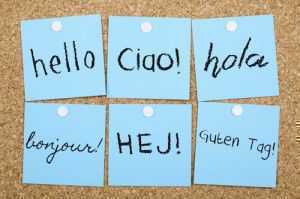
But then, on reaching secondary school, when we started to learn a ‘modern foreign language’ regularly (in my case, French), I loved it. I loved the idea of being able to speak to everyone, no matter the language. And better than that, I was picking it up pretty easily.
The following year there was a repeat performance with learning German, and I remember a sort of teenage arrogance of thinking that languages were going to be ‘my thing’, because by the time I was sixteen I could also say Θέλω να πάω σπίτι in Greek – Thélo̱ na páo̱ spíti (I want to go home).
Over the years I’ve flirted with a lot of languages. I tried Chinese for a while, but with the complicated tonation, I was more worried about causing offence with the way I said a word, and less worried about actually stringing a sentence together.
And then, I found my true language love. The one language I could lose myself in and spend hours learning just for fun. The one language I would squeal over if I heard it spoken in public. Which is Finnish. Naturally.
Finnish may sound like an odd choice, but it made perfect sense to me. What started with a passing interest listening to Finnish metal music erupted into a bit of an obsession when I found myself frustrated that I couldn’t understand the Finnish ice hockey commentary.
For almost two years, Finnish became my number one hobby. Being relatively self-disciplined when it comes to studies, I decided to learn through a mix of self study and online language exchanges. Many an adventure was had along the way, and that perhaps is a story for another time, but I loved it. No prepositions to learn because everything was a suffix, and by changing the word ending you could say a whole range of things about it: saunassa, saunasta, saunan (in the sauna, from the sauna, for the sauna). No articles, no need to wonder if your table was a girl and your chair was a boy, it didn’t matter. Neither did you have to refer to a person as he or she, one simple han and it was covered! Beautiful.
Fast forward another year, and I found myself attempting to get to grips with Hungarian. Now for those of you who don’t know, Finnish and Hungarian are cousins of the language world, and it depends on which scholar you speak to as to how close a family they are. My experience was that whilst it sounded an awful lot like Finnish, Hungarian was nothing like it at all, except for the odd words like toilet: Hungarian – vécé, Finnish vessa.
And currently, I find myself in Spain. Adamantly not learning the language.
Because the problem now, with being a ‘jack of all trades, master of none’ when it comes to language, is that they all get tangled up. A waiter asks me if I want a refill, I answer in a mix of Spanish and Hungarian. I overhear staff in my local Chinese supermarket and confuse them – and myself – by responding in Chinese rather than Spanish. And recently on a stopover in Paris, I managed to respond to questions in French but found myself asking questions in Finnish.
What I really could do with is a babel fish. Or to live in the TARDIS. Unfortunately, I am in the wrong reality for that. But. I still love languages.
So. I don’t know what the foreign language for me is going to be. Should I return to French, attempt to master Finnish, or take up something new like Dothraki? Or will that lead to more unnecessary tongue twisting? I just don’t know. Would you like to join me on my journey?
Kelly
Are you a language geek?
We’re proud to be language geeks here at EuroTalk, but we know we’re not the only ones! Here’s your opportunity to show us what you know… Can you get 100%? And more importantly, can you beat your friends? 😉
(By the way, if you want to cheat on any of the questions, the words we’ve used in the quiz are in our uTalk app – now available in 100 languages on iPad, iPhone and iPod touch.)
An introduction to Finnish
Here at EuroTalk, we love languages (obviously). And we particularly enjoy discovering fun facts about languages; they’re all so different and each has its own unique character. So we’ve decided to share some of them with you, in our new Language of the Week series. Each week, we’ll choose a new language, and we’re always open to suggestions!
Please do get involved – we love to hear from you, so send us your own favourite facts and have a go at our weekly challenge for a chance to win some fun EuroTalk prizes 🙂 You can join the conversation here on the blog, or on Facebook or Twitter, where we’ll be sharing more of our discoveries over the coming few days.
 So this week, we’re starting with Finnish, in celebration of the annual Air Guitar World Championships, which start in Oulu on Wednesday, and may be our new favourite event of all time.
So this week, we’re starting with Finnish, in celebration of the annual Air Guitar World Championships, which start in Oulu on Wednesday, and may be our new favourite event of all time.
Here are a few of the best things we’ve discovered about Finnish this week:
– Finnish is thought to be one of the hardest languages for a native English speaker to learn, because of its complicated grammar, which is nothing like English or any of the other languages we’re used to learning. Finnish words can also look pretty daunting to a new learner, as they’re very long and seem to contain a lot of vowels!
– There is no word for ‘please’ in Finnish – not because Finns are rude, but because they just assume politeness. There is a word which means ‘thank you’, kiitos, which is sometimes used in place of ‘please’, and the other way to indicate politeness is to use the conditional – ‘Would you…’
– Also interesting is that a grandson can be either pojanpoika if it’s the son of a son, or tyttärenpoika if it’s the son of a daughter. The same with granddaughter – pojantytär is the daughter of a son and tyttärentytär is the daughter of a daughter. But don’t panic; you can use just lapsenlapsi, which means ‘child of a child’, for a generic term.
– The word sauna is the most widely used Finnish word in English. There are 3.3 million saunas in Finland, which means there is 1 for every 1.63 people. Visiting the sauna is as normal for Finns as going to the pub is to Brits. It’s also a tradition to jump into the lake outside after a hot sauna. This sounds a little crazy and very cold!
– The Finnish language holds the world’s longest palindrome, and just in case you don’t know what that means, it is a word that can be read the same both ways. And here it is: saippuakivikauppias, which is a dealer in lye (caustic soda). Probably not something you’d say every day, but always useful to know.
– The longest Finnish word is 61 letters long (which is outrageous compared to English’s mere 45-letter longest word) and it is:
entokonesuihkuturbiinimoottoriapumekaanikkoaliupseerioppilas
Which means: ‘airplane jet turbine engine auxiliary mechanic non-commissioned officer student’.
– A Finnish tongue twister is:
Appilan pappilan apupapin papupata pankolla kiehuu ja kuohuu. Pappilan paksuposki piski pisti paksun papukeiton poskeensa.
There is no absolute translation but it’s about a vicarage’s assistant priest and his hot pot of beans, which are boiling on the stove and the vicarage’s fat mongrel who ate up the thick bean soup.
Language Challenge of the Week
So now it’s your turn. Have a go at pronouncing one of the words above, or, for ultimate respect, the tongue twister… Send us your videos on Twitter to @EuroTalk with hashtag #loveFinnish or post a link to your video in the comments below. If we’re really impressed, we’ll send you a code for uTalk Finnish 😉
Oh, and in case you wondered what’s so great about the Air Guitar World Championships…
Found in translation – untranslatable words, in pictures
If you liked our recent infographic on words that don’t exist in English, you’ll love this. New Zealand-based designer Anjana Iyer has been working on a project called Found in Translation, illustrating 41 ‘untranslatable’ words so far, with more to come.
We asked Anjana about the background to her project, and where she gets her ideas from. Here’s what she had to say…
What’s the 100 Days Project all about? How did you get involved?
The 100 Days project is basically choosing one creative exercise, and then repeating it every day for 100 days. It was started three years ago by Emma Rogan, who is quite a renowned senior designer in New Zealand. I came across this through one of the creative meetups happening in Auckland every week, and I decided to participate to improve my illustration skills.
What made you choose untranslatable words for your subject?
I wanted my 100 Days project to be something compelling enough to do every single day. I have had a fascination with learning new languages for the longest time and I just happened to come across this article about 14 words with no English equivalent on The Week. I knew I wanted to base my project around illustrations, since I have only been illustrating for the past two years and I still have a very long way to go, and this was a perfect medium to improve my skills.
This project was started last year as a part of the 100 Days project but I had to drop it after Day 41 due to some professional and personal commitments. It’s suddenly been brought to spotlight because of my friend who recommended me to DesignTaxi and it went viral from there. And with the growing response that it’s gotten, I have restarted the series to include more illustrations.
How did you choose which words to illustrate?
Well, when I first came across these words, I could think of one friend or another when it came to certain words. For example, the Yiddish word Shlimazl (which means a chronically unlucky person), reminded me of a classmate who had the worst luck with our professors. And so I picked words which we could all relate to in way or another and maybe share a laugh or two.
Do you have a favourite so far?
Iktsuarpok has a been a favourite word, simply cause it holds so much meaning. It’s waiting, whether you are waiting for the bus to show up or for the love of your life. It perfectly describes that inner anguish. From the point of view of illustration, I am very happy with how Schadenfreude turned out. That was fun to illustrate.
What’s your background as a designer?
I am a media designer with three years of experience. I love illustration and web design in equal measure. I quit engineering to become a designer. When it comes to illustrations, I love doing mostly vector work. Currently I am in the final year of my studies as a web design student.
Do you speak any languages yourself?
Well, being from India, I think we are born to speak several languages. I do speak about five Indian languages and I have a working understanding of French.
Can you give us a sneak preview of any forthcoming illustrations?
It’s quite surprising how some words can really unite people. The Portuguese word Saudade is such a popular one. I have lost count of the number of people who have requested an illustration of said word. And I am looking forward to completing that one.
To see some of her other illustrations, check out Anjana’s website.
Thanks to Anjana for talking to us; we’re looking forward to seeing more of her brilliant work!
Do you have any favourites? Or any words you’d like to see illustrated? Let us know in the comments.




